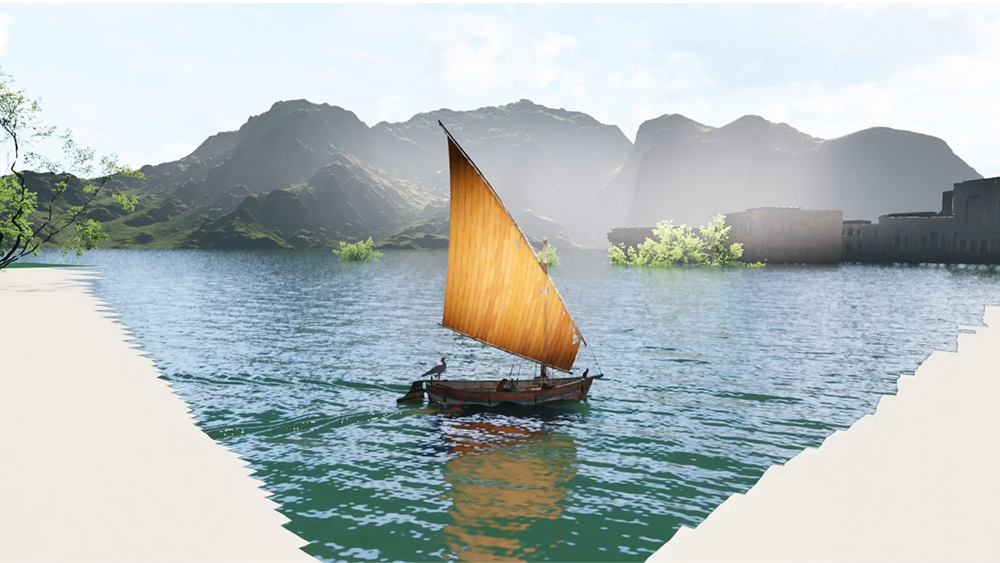
Despite its relatively small budget, Flow has been delighting audiences around the world and garnering accolades since its release in October. It's now a contender for the best animation Oscar 2025, and it's Latvia's first shot at Best International Feature.
Many are surprised to learn that the beautifully animated film, which follows the mystical journey of a dark grey cat and his companions, was made entirely in the free 3D modelling software Blender. But how do you make a such a powerful piece of animation in free software? The writer and director Gints Zilbalodis has shared some of his experience (also see our collection of blender tutorials).
How Gints Zilbalodis made Flow in Blender
In an interview at blender.org, the Latvian writer and director says he began working on Flow in 2019 and settled on Blender due to the real-time renderer EEVEE. He says the speed of rendering and even just the speed with which files open "saved a lot of time and frustration" on the project, while Blender's customisability also helped his process.
In 2021, Gints brought in riggers and developers to create custom scripts that streamlined the workflow. He would design an initial scene in previz and then a set-dressing team would refine it by adding more plants, props and environmental details. Concept artists sketched out buildings and figured out their construction, and other team members focused on developing tools.
Water is a huge part of the film. This was handled by Mārtiņš Upītis, who would develop a Blender add-on for water effects, and Konstantīns Višņevskis, who handled smaller simulations, such as splashes and researched techniques for stylized fur and feathers, working on shaders.
Gints cites the arrival of the Belgian and French co-producers Take Five and Sacrableu Productions in 2022 as a key moment. They developed more tools and rigs to deliver character animation. "Expanding the team with experienced character and pipeline TDs, as well as animators working in a well-structured process, was essential to handle the complexity required by the film. This was a truly international coproduction," he says.
As for learning Blender, Gints says he picked up a lot online, while Konstantīns handled writing scripts. "I can’t write scripts myself, so having someone in the studio to help was invaluable," he says. And while he says most animators made the switch to Blender within a week, "the learning never really stops".
"I still feel like there’s so much I don’t know about Blender or anything else," Gints adds. "And with these long projects, you sometimes forget things you learned five years ago."
Gints upgraded through the various Blender releases from 2.8 alpha to 3.3 in production and then 4.6 when he moved on to lighting. "Before each update, we ran a lot of tests, opening different files to check for issues," he says. "Some things did break, but overall, our workflow remained stable."
The team used several add-ons, including GeoScatter for distributing plants and other environmental elements and Animation Layers to create handheld, shaky camera movements. For fluid simulations, the team would sometimes start with large-scale waves using Cell Fluids and then add details with FLIP Fluids.
You can learn more about the animation of Flow in this video from the Blender Conference.
For more software choices, see our picks of the best animation software.







